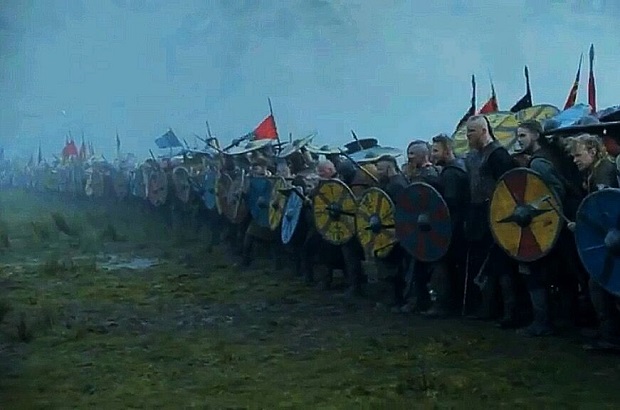Childhood
With the Empire struggling to stay on its feet the last of the Roman troops of Britannia continued to withdraw to protect the European mainland. In 410 AD (the year Alaric sacked Rome) a letter from the young Emperor Honorius instructed the cities of Britain to look to their defenses from that time on, marking the end of a 400-year-old Roman era for Britannia and Londinium.
The Romano-British cities & London in particular, fell into a rapid decline, with many of its public buildings falling into disrepair while others were abandoned completely. Very little historical evidence can help us investigate the 5th century also known as the Dark Age of London. It seems a small number of wealthy families managed to maintain a Roman lifestyle until the middle of the 5th century,(Roman villas from that period on the southeastern corner of the city e.g) but by the end of the century, the city was mainly an uninhabited ruin.
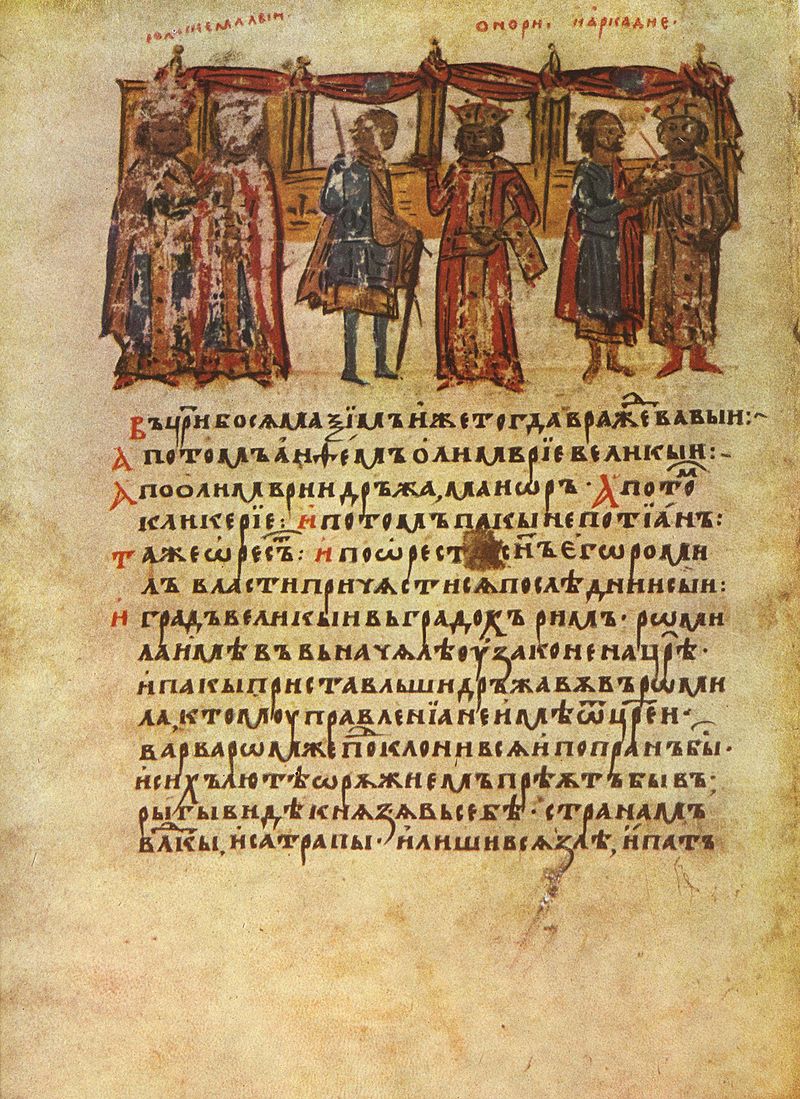
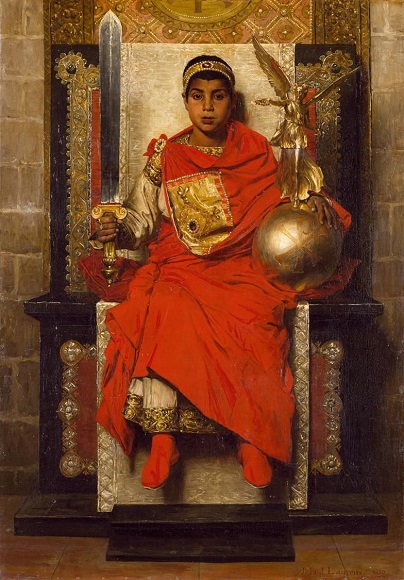
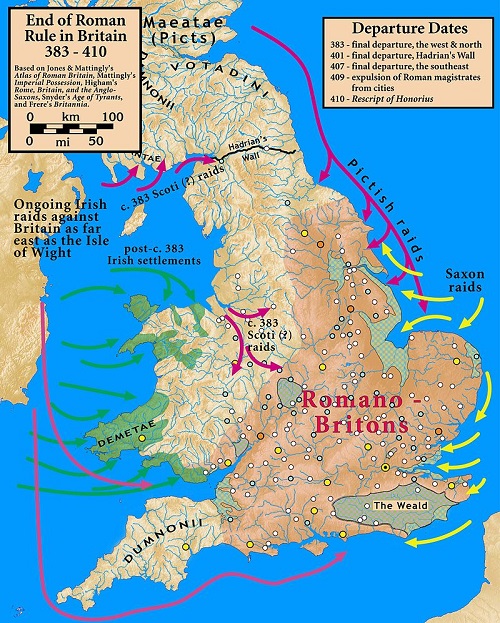
Many historians suggest that a type of Romano-British continuity survived in London until the River Thames became an active frontier between the Germanic Saxons, who had swarmed the southeast coast after 450 AD, and the Britons, sometime in the 6th century.
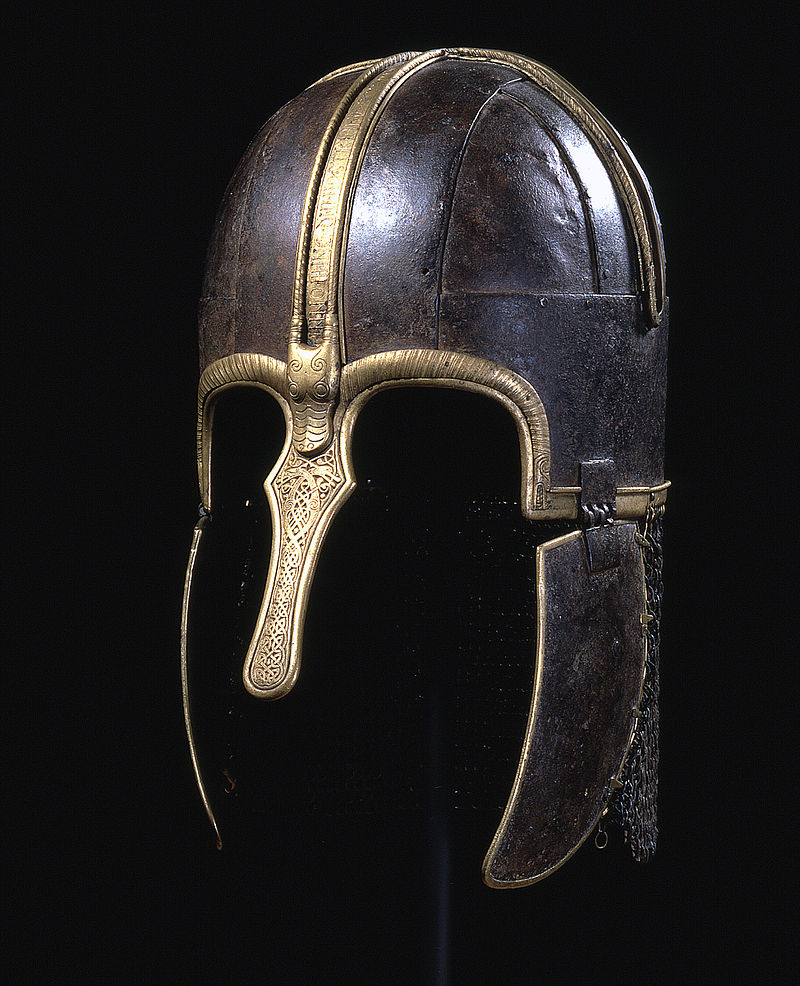
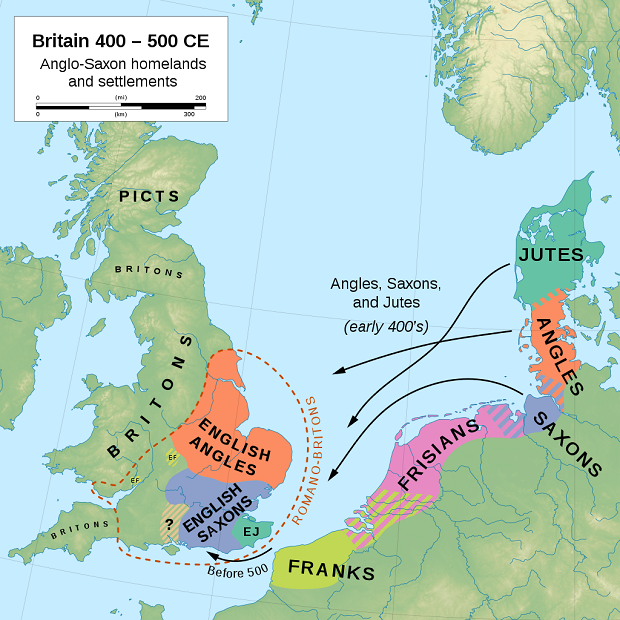
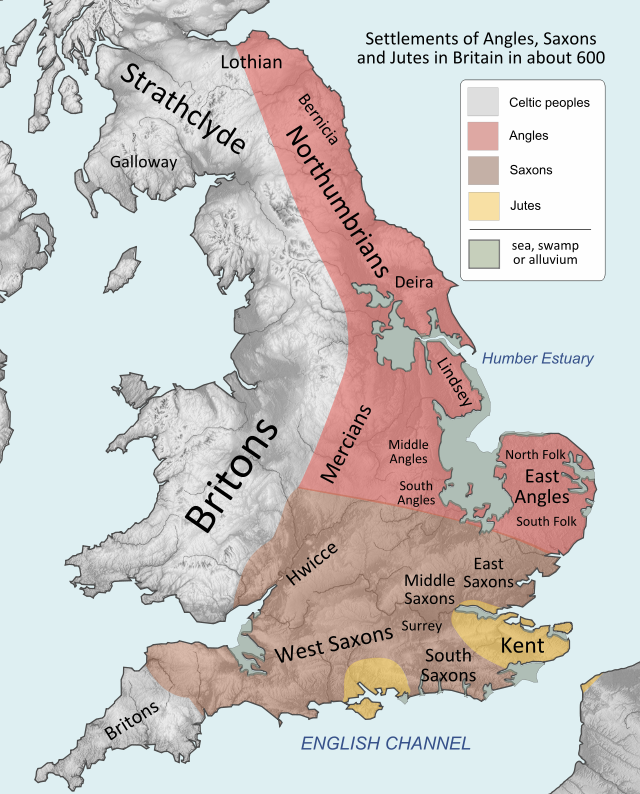
By 600 AD, about two generations after the first signs of abandonment, a new, this time Saxon settlement, emerged about 1.5 km outside of the walled Roman city to the west, between what is now Aldwych to the east and Trafalgar Square to the west. The new settlement was named Lundenwic, from the words Londinium and the Latin word vicus meaning trading town, as opposed to the name Lundenburh meaning London Fort which was attributed to the abandoned walled Roman city.

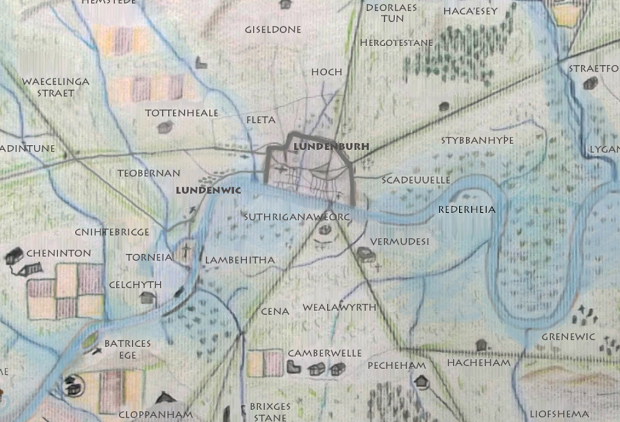
The Middle-Saxon settlement (Term used to define the Saxon tribe that inhabited the area before 600 AD, as opposed to the neighboring East, and West Saxons) of Lundenwic evolved quickly, from a small village to a booming trading town of about 10.000 inhabitants, laid out on a grid pattern of about 600.000 m² on the site of today’s Covent Garden.
Seven distinct kingdoms known as the Heptarchy were formed by the Saxons in Britain at that time, with the Middle Saxons & London initially being under the control of the East Saxons or the Kingdom of Essex and sometime before 601 AD being under the rule of Æthelberht, King of Kent.
It was Æthelberht, under the influence of his Christian wife Bertha, who accepted the missionary sent by Pope Gregory the Great, known as Augustine (St. Augustine of Canterbury today) in 597, thus contributing to a great extent in the re-establishment of Christianity in Britain. Æthelberht himself was baptized by 601. This is proven by a letter sent by the Pope, urging the King of Kent to exercise his power over the rest of the kingdoms for Christianity to spread faster in Britannia.
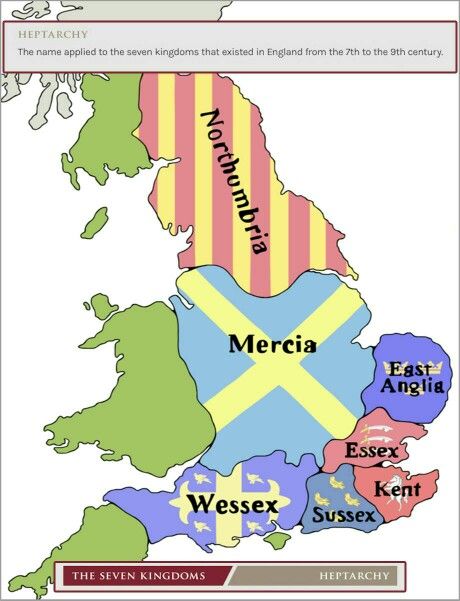
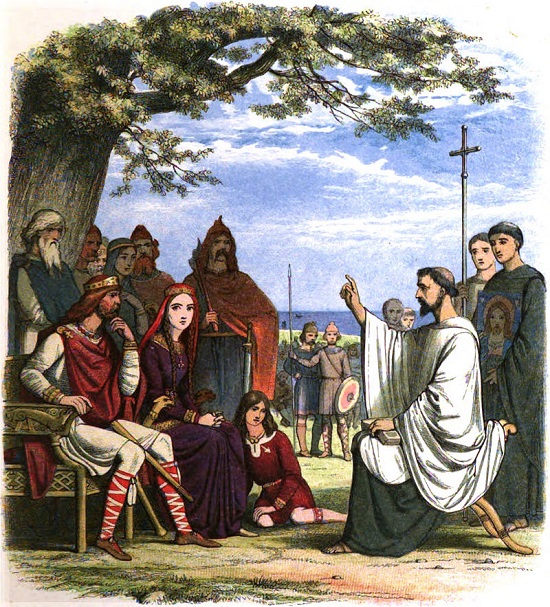
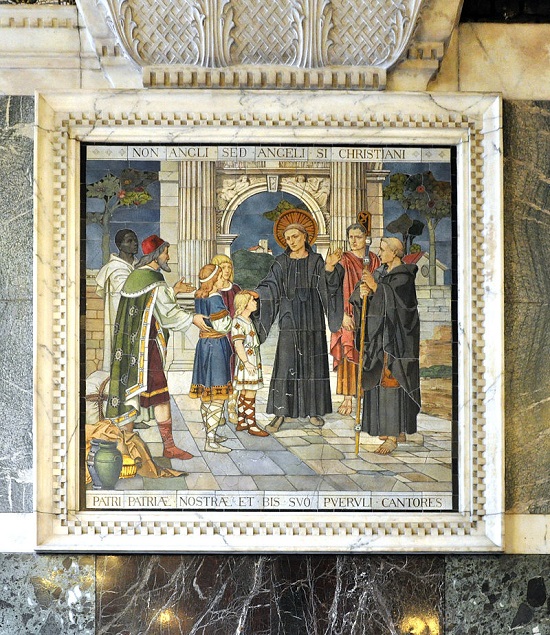
Æthelberht did exert his influence, especially in the case of his nephew Sæbert, King of Essex who was also baptized in 604. Right after Saebert’s baptism, St. Augustine of Canterbury ordained Mellitus as the first bishop of the kingdom of the East Saxons. Æthelberht built a grand new church dedicated to St Paul in London, to serve as the seat of the new bishopric. It is assumed, although yet unproven, that this first Anglo-Saxon cathedral stood on the same site as the present cathedral of St Paul.
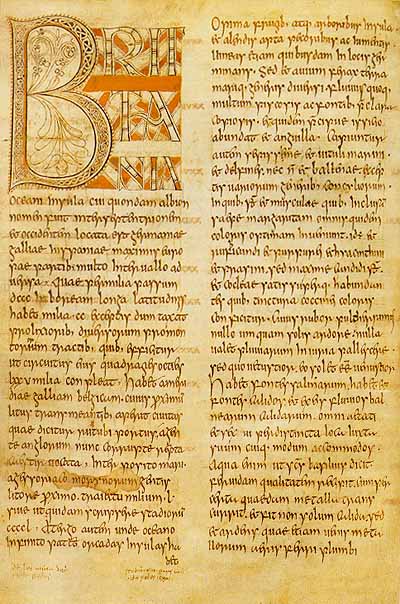
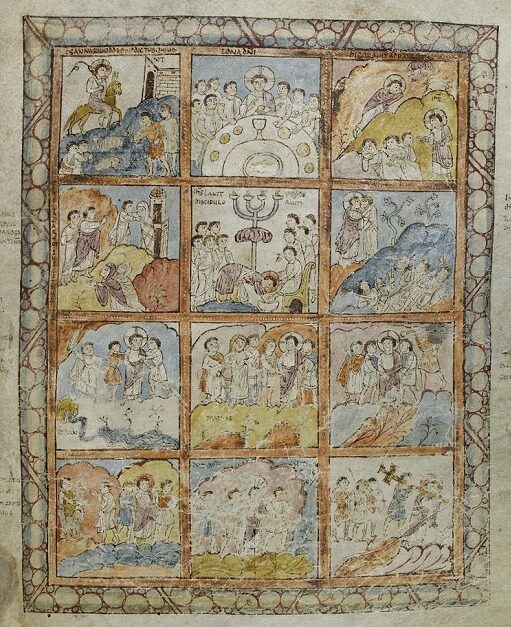

After the death of Sæbert in AD 616, Bishop Mellitus was driven out of London by the King’s sons and the kingdom reverted to paganism possibly as a result of opposition to Kentish influence in Essex affairs. The majority of the city’s population remained pagan until a new effort of systematic re-conversion was started again by King Sigeberht of Essex after 653 AD.
This effort was possibly an outcome of Northumbria’s political hegemony over the East Saxons at the time. The interconnecting shifts of political and religious influence of the competing realms would continue throughout the 7th century until in the early 8th century when London passed under the direct control of the Kingdom of Mercia.
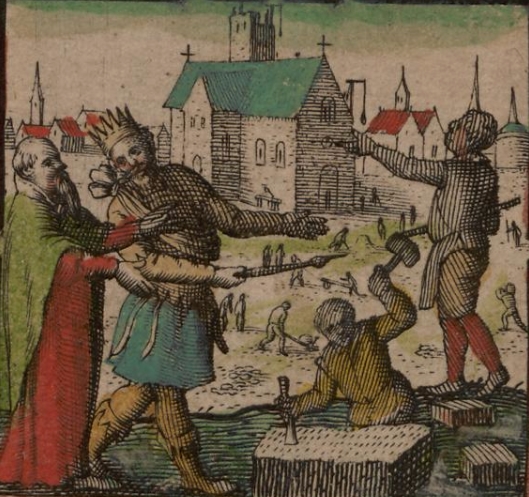
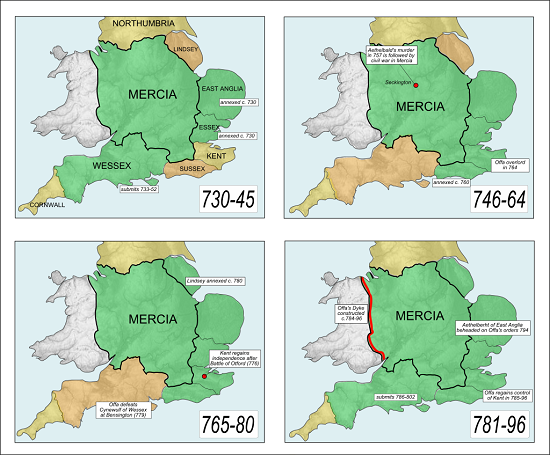
The city’s position on the map and the Mercian need for a port had once more rejuvenated its role as a commercial port by 750 AD with the English monk Venerable Bede (known as the father of English history) describing it at the beginning of 8th century as a trading center for many nations who visit by land and sea. His statement is proven by archaeological finds such as pottery, glass & millstones from France & Germany and by the series of coins from that period found in excavations, many of them minted in London.
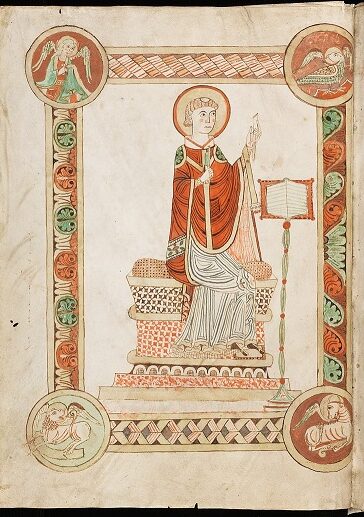
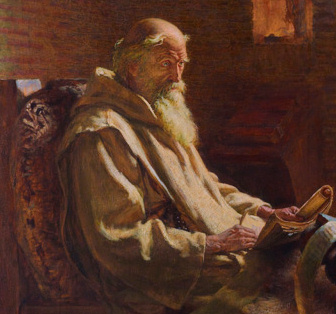
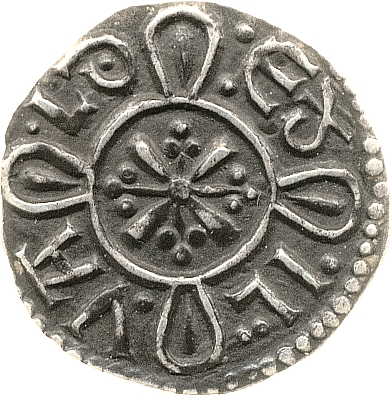
Mercian dominance over London lasted almost until the first Viking invasions in Britain in the beginning of the 9th century, which after 835 AD started to take an alarming regularity. In 842 the Vikings stormed London in an attack recorded in the Anglo-Saxon Chronicle as the great slaughter only to return 9 years later with a terrifying convoy of 350 longboats that pillaged and burnt the city to the ground.
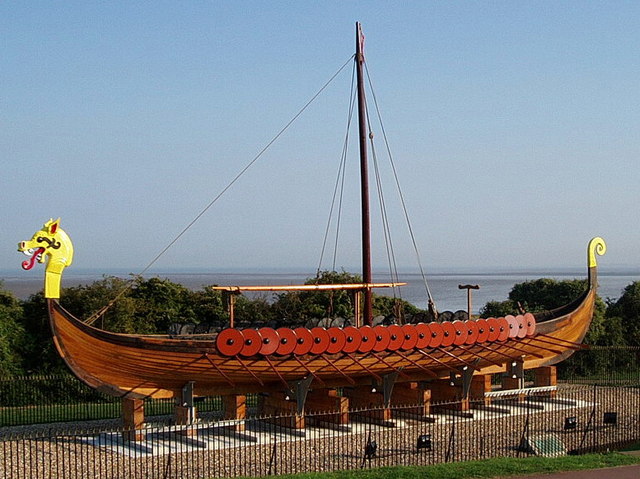
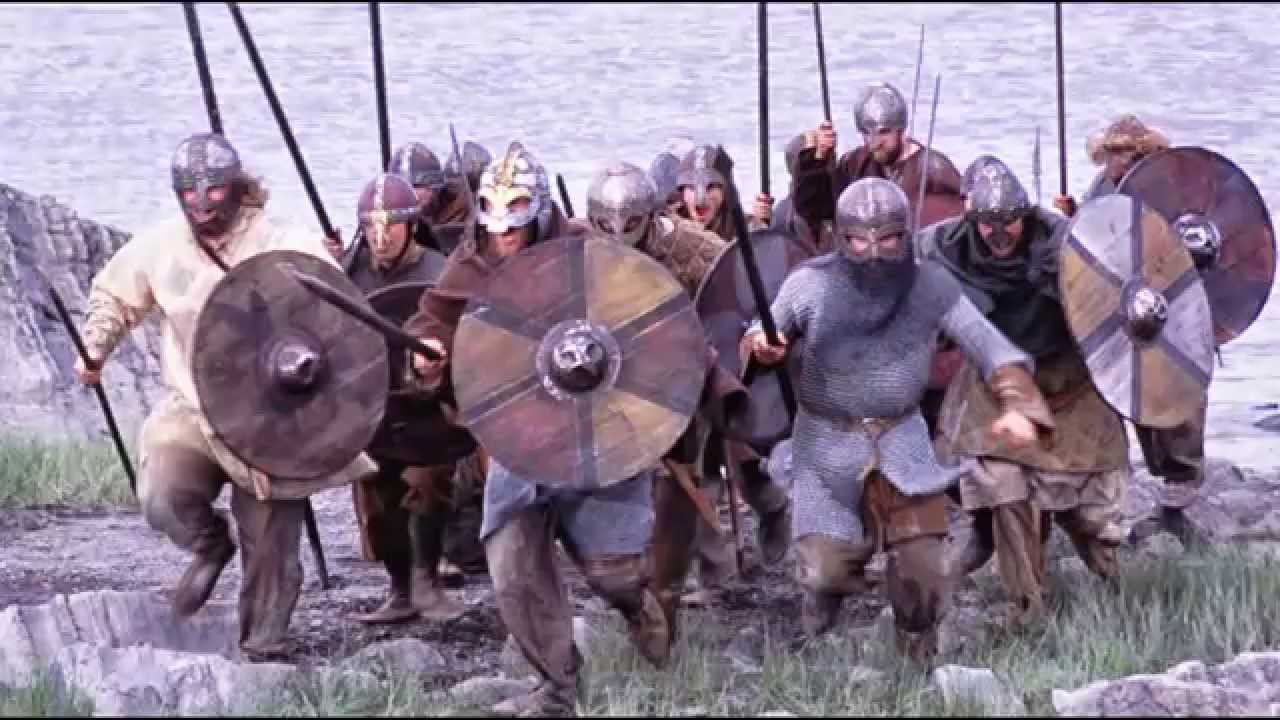
In 865 the greatest army of Vikings ever seen in Britain, also known as the Great Heathen Army lands in East Anglia, leaving behind a trail of death and fire for 6 years, until it reaches London in 871, where it camps for the winter, presumably within the walls of the old Roman city.
The Vikings established their power after a series of battles into a great part of the island known as the Danelaw (where the laws of the Danes held sway) and after plundering much of its wealth they occupied the land and shared it out. In the same time while the kingdom of Mercia was suffering from the Norsemen the Kingdom of Wessex was expanding its sphere of control to the south side of the Thames.
